When you come on a tour with me, I can show you the must see sites, as well as some out-of-the-way architectural gems that only a local like me knows about. I have researched local history quite extensively and am very knowledgeable. What makes this tour unique is my in-depth understanding of local history, lore, and architecture, and my abilities to answer whatever questions you might have, as well as to show you the hidden places that aren’t listed in every guidebook. We can arrange beforehand to focus on what you find most interesting: Architecture? History? Adobe construction? Fabulous views? Gardens (Santa Barbara has one of the largest varieties of trees in its downtown area of any city in the country!)? Perhaps a combination of them all!
I can cater to whatever interests you have!
La ville de New York
Explorer
 Expériences uniques
Expériences uniques
 Services de voyage et de transport
Services de voyage et de transport
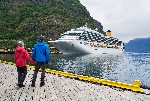 Tours, visites et croisières
Tours, visites et croisières
 Billets et laissez-passer
Billets et laissez-passer
 Billets et laissez-passer pour événements sportifs
Billets et laissez-passer pour événements sportifs
 Petit groupe
Petit groupe
 Occasions saisonnières et spéciales
Occasions saisonnières et spéciales
 Mesures d'assainissement appliquées
Mesures d'assainissement appliquées
 Activités extérieures
Activités extérieures
 Susceptible de se vendre
Susceptible de se vendre
 Visites amicales LGBT
Visites amicales LGBT
 Accueille les enfants
Accueille les enfants
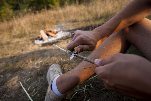 Implique des animaux
Implique des animaux
 Bon pour éviter les foules
Bon pour éviter les foules
 Nourriture boisson
Nourriture boisson
 Excellente qualité
Excellente qualité
 Cours & Ateliers
Cours & Ateliers
 Meilleure conversion
Meilleure conversion
 Audioguides
Audioguides
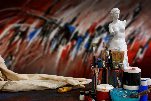 Art & Culture
Art & Culture
 Viateur Plus
Viateur Plus
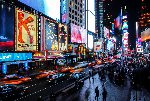 Sustainable Tours
Sustainable Tours
 Limousine Transfers
Limousine Transfers
 Donut Walking Tour
Donut Walking Tour
 Virtual Experiences
Virtual Experiences
 Additional fees
Additional fees
 DSA non-compliant
DSA non-compliant
 Expériences uniques
Expériences uniques
 Services de voyage et de transport
Services de voyage et de transport
 Tours, visites et croisières
Tours, visites et croisières
 Billets et laissez-passer
Billets et laissez-passer
 Billets et laissez-passer pour événements sportifs
Billets et laissez-passer pour événements sportifs
 Petit groupe
Petit groupe
 Occasions saisonnières et spéciales
Occasions saisonnières et spéciales
 Mesures d'assainissement appliquées
Mesures d'assainissement appliquées
 Activités extérieures
Activités extérieures
 Susceptible de se vendre
Susceptible de se vendre
 Visites amicales LGBT
Visites amicales LGBT
 Accueille les enfants
Accueille les enfants
 Implique des animaux
Implique des animaux
 Bon pour éviter les foules
Bon pour éviter les foules
 Nourriture boisson
Nourriture boisson
 Excellente qualité
Excellente qualité
 Cours & Ateliers
Cours & Ateliers
 Meilleure conversion
Meilleure conversion
 Audioguides
Audioguides
 Art & Culture
Art & Culture
 Viateur Plus
Viateur Plus
 Sustainable Tours
Sustainable Tours
 Limousine Transfers
Limousine Transfers
 Donut Walking Tour
Donut Walking Tour
 Virtual Experiences
Virtual Experiences
 Additional fees
Additional fees
 DSA non-compliant
DSA non-compliant




 fr
fr
 English
English
 Russian
Russian
 Polish
Polish
 Ukrainian
Ukrainian
 Serbian
Serbian

















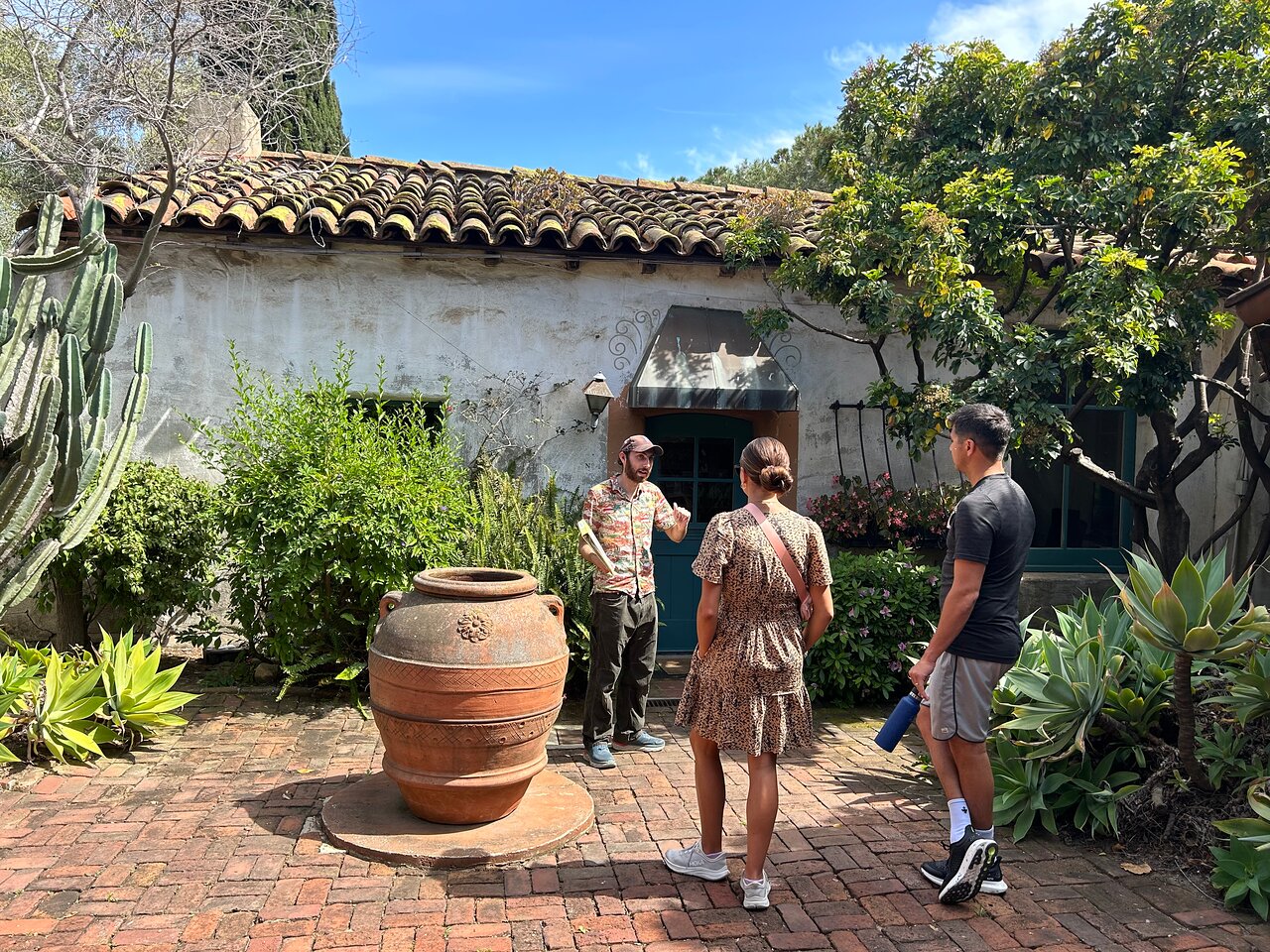
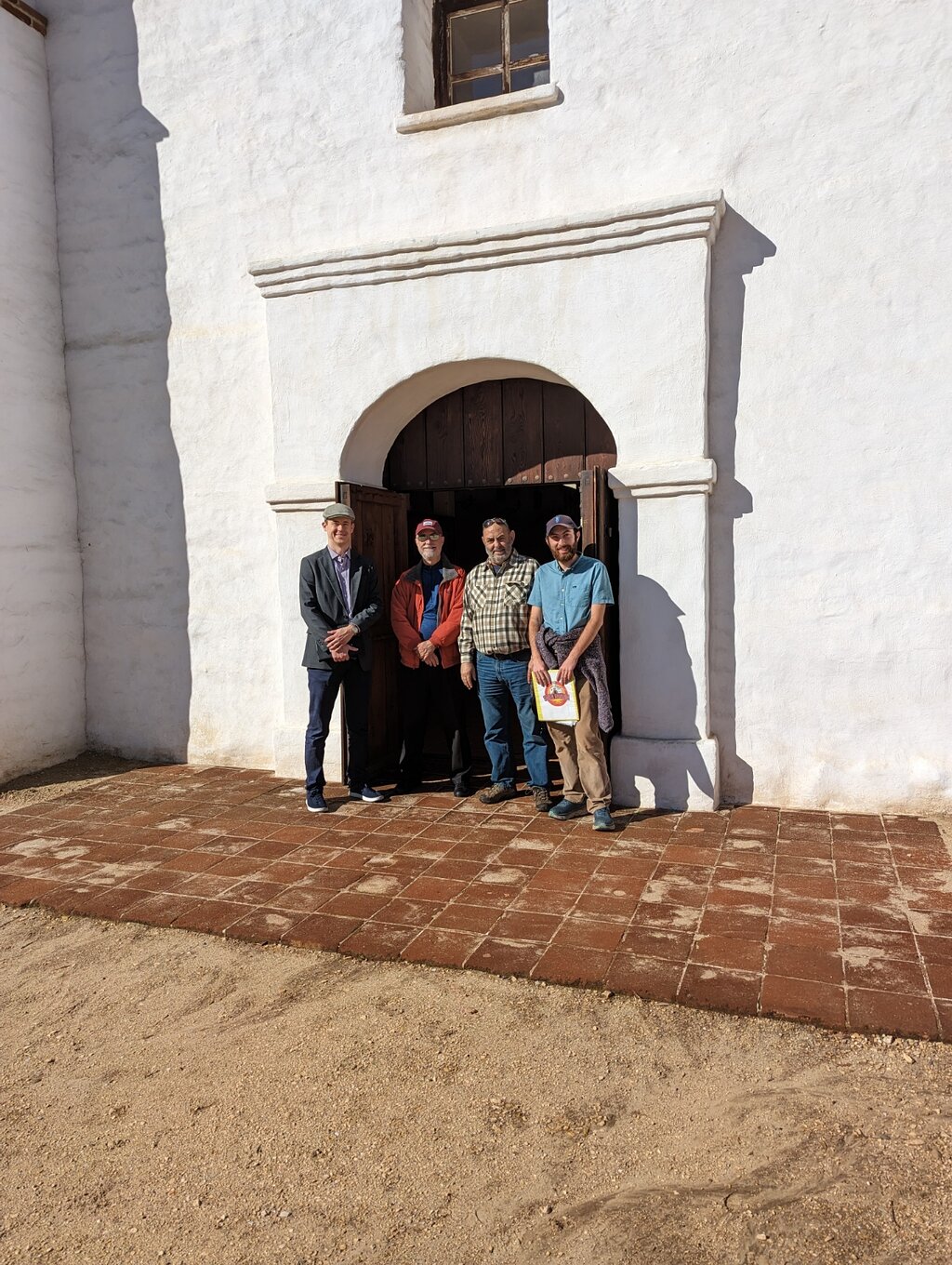

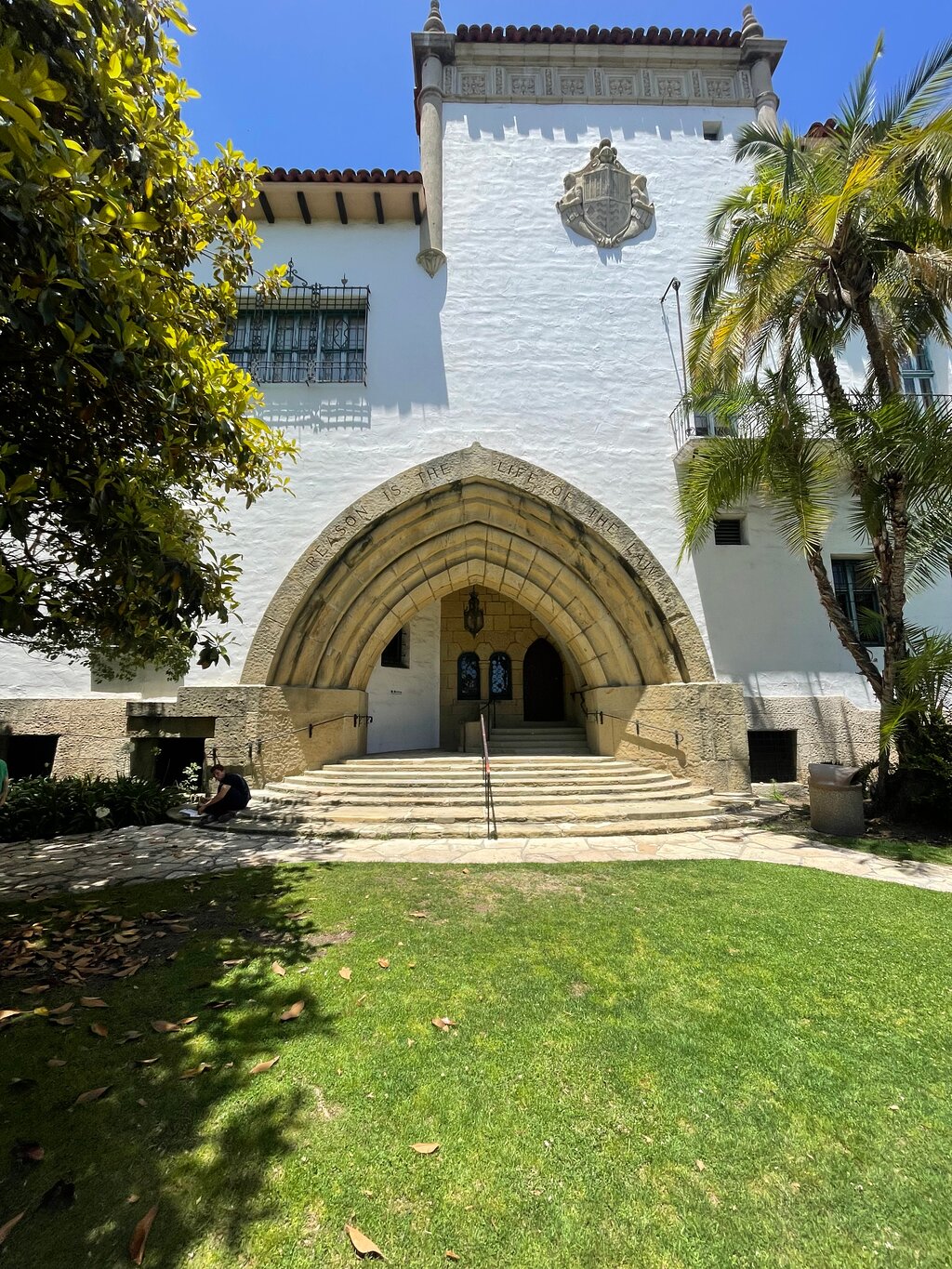
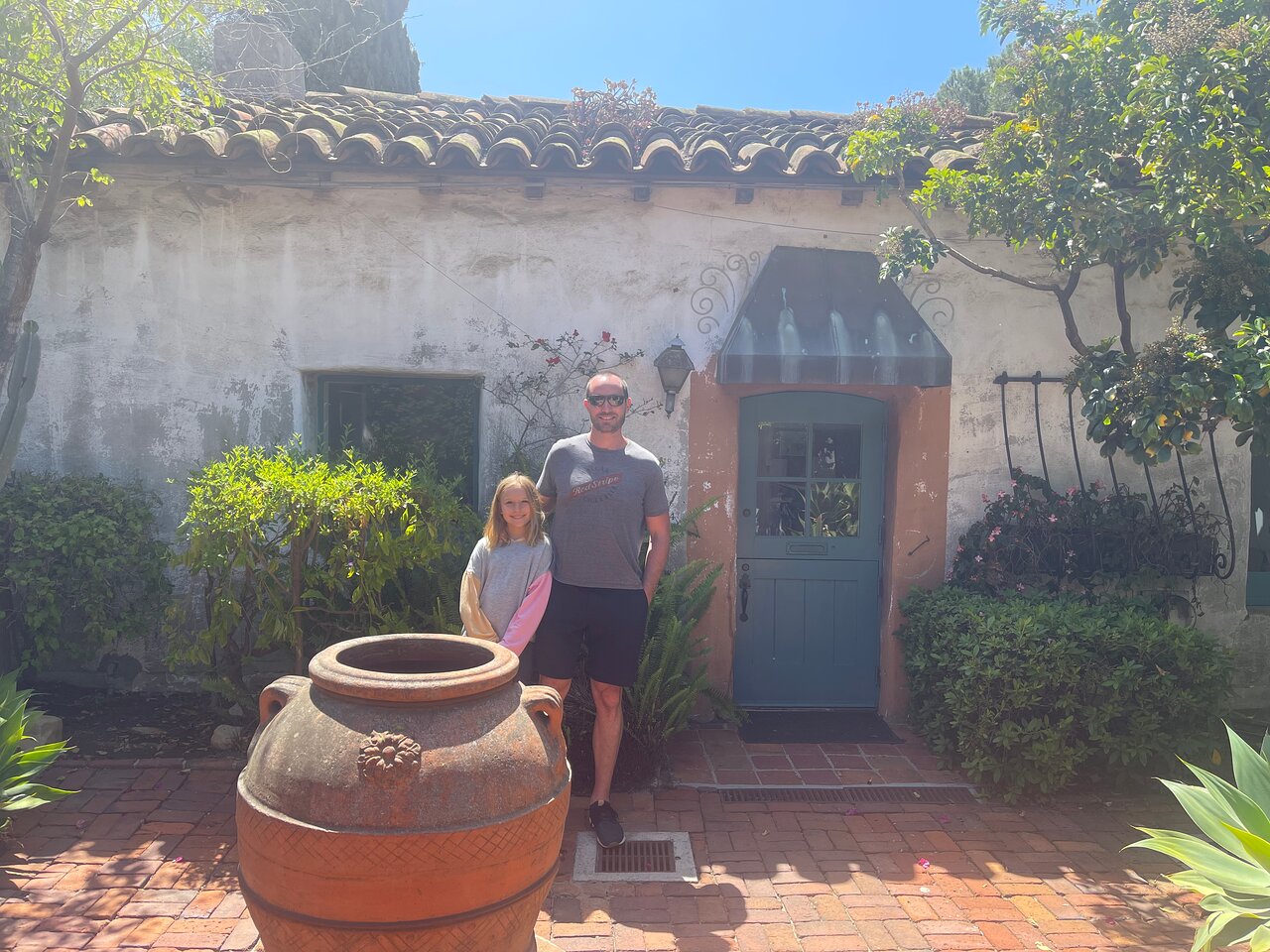
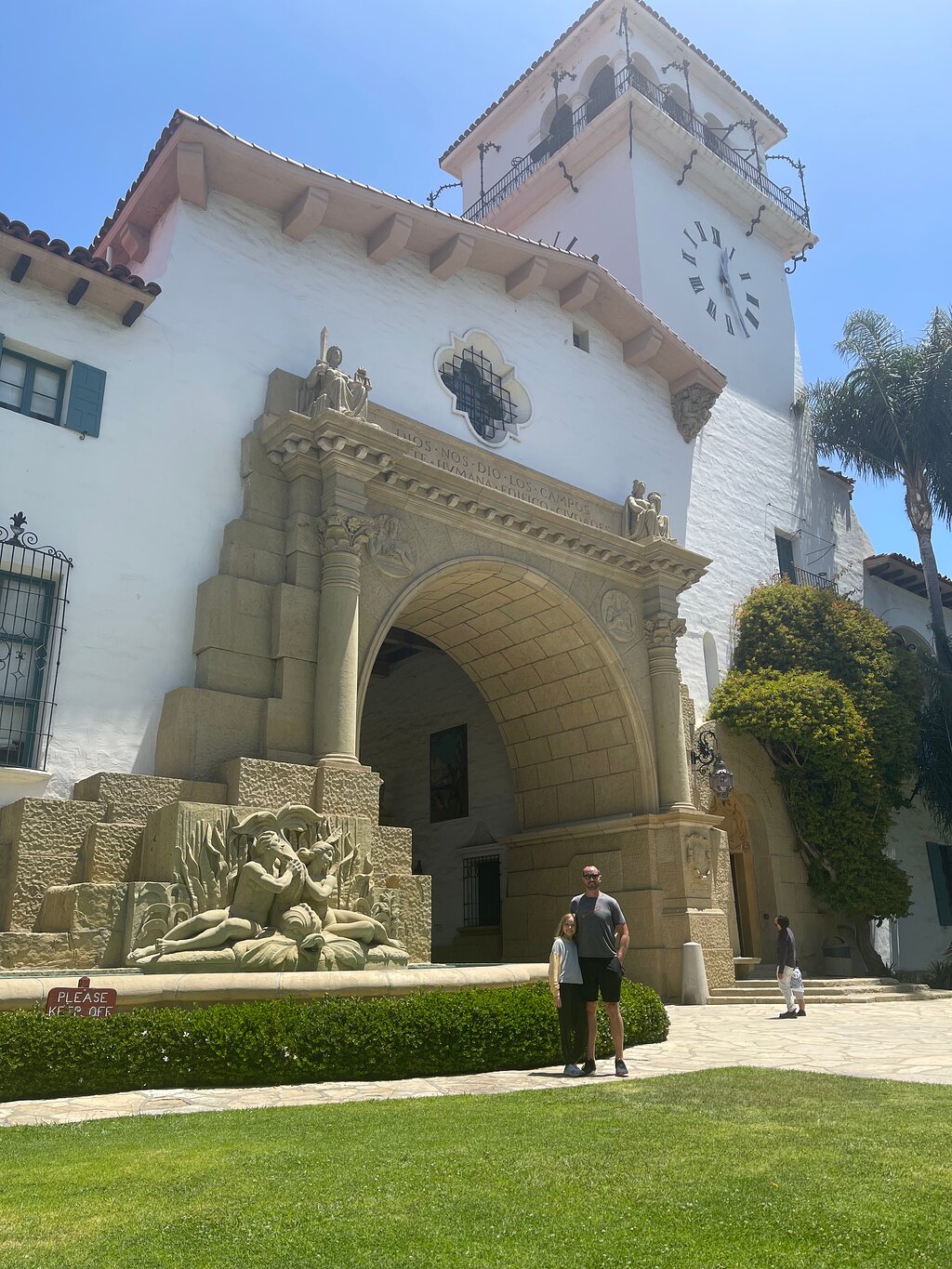


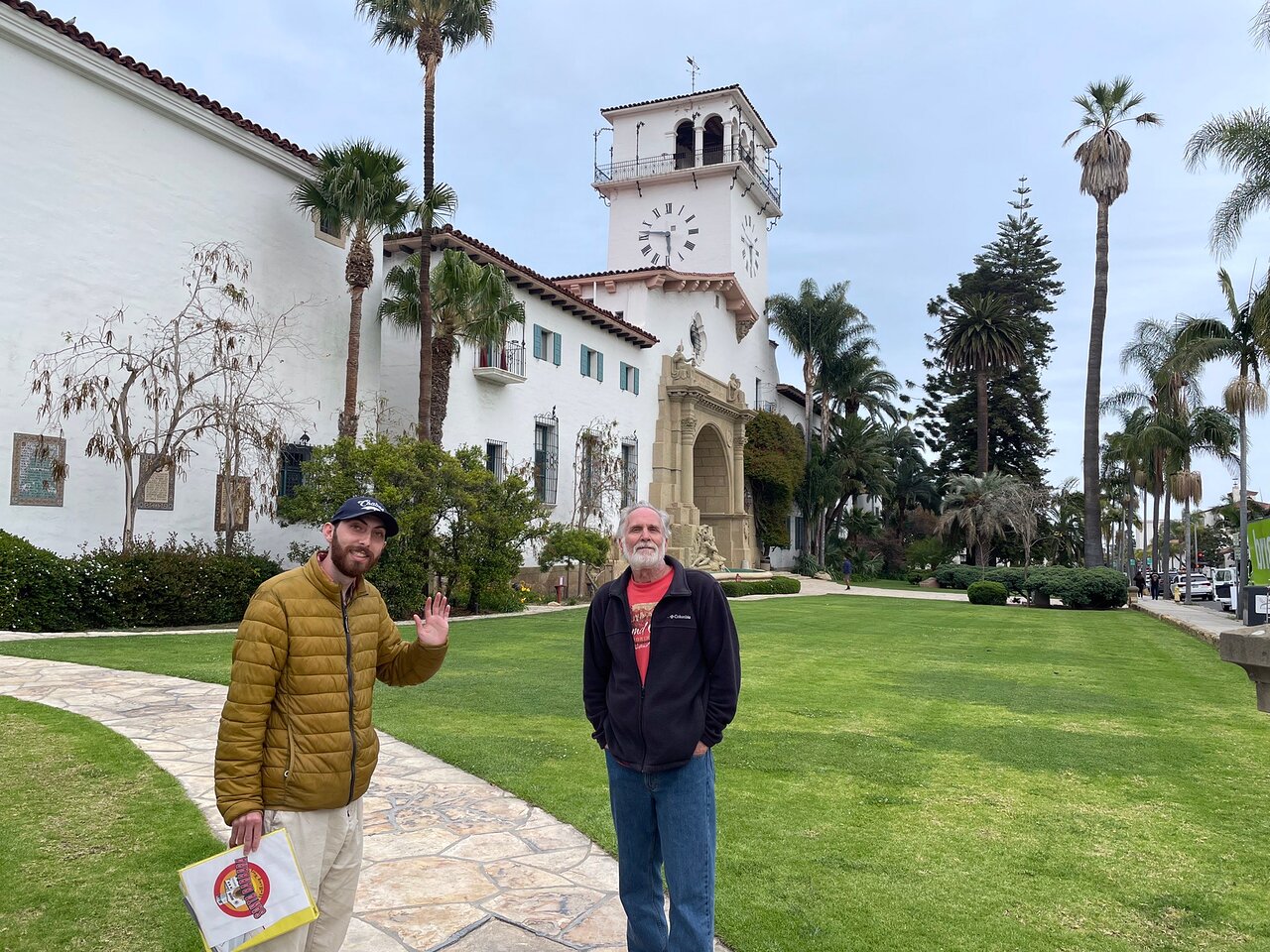
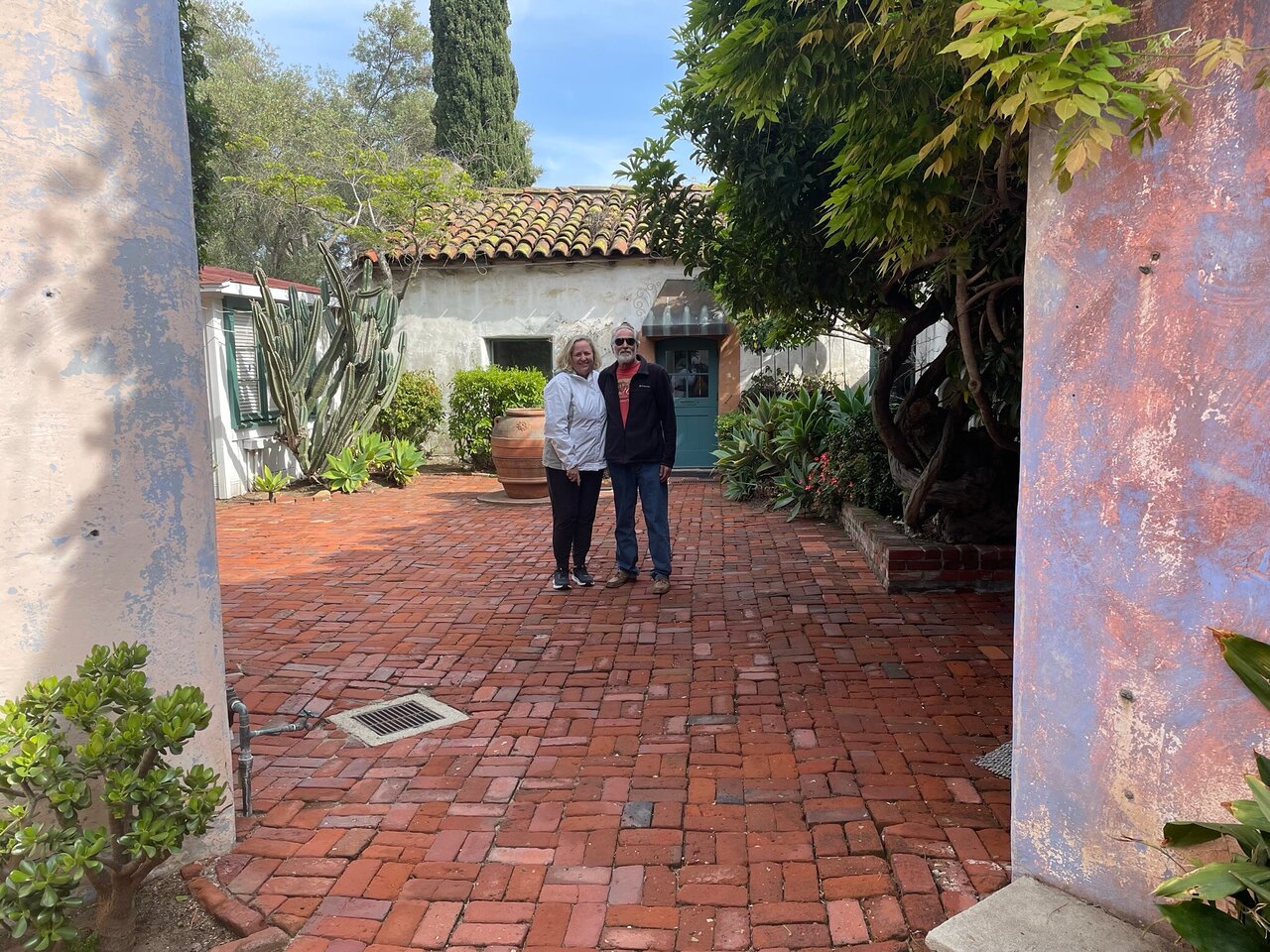
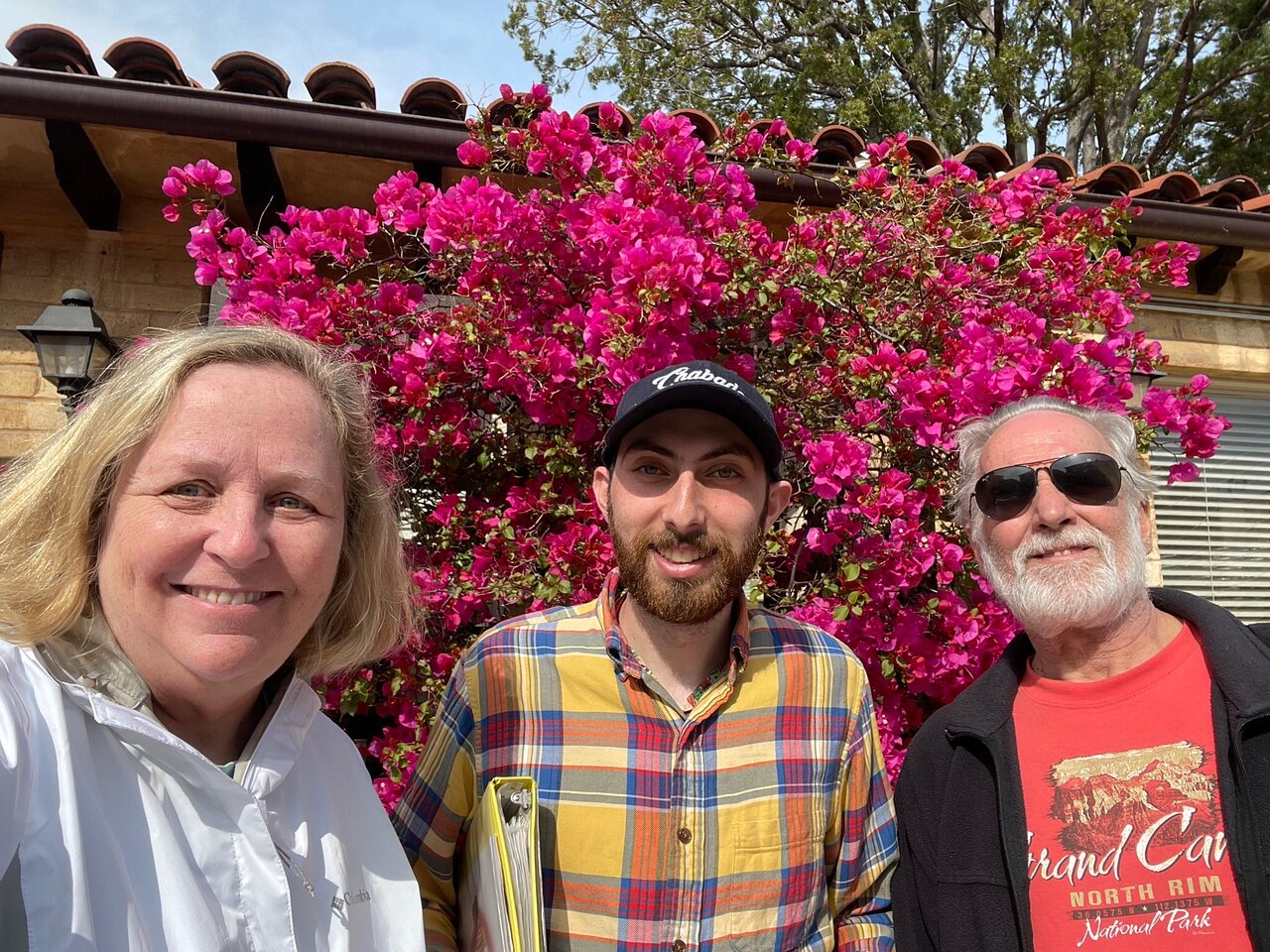

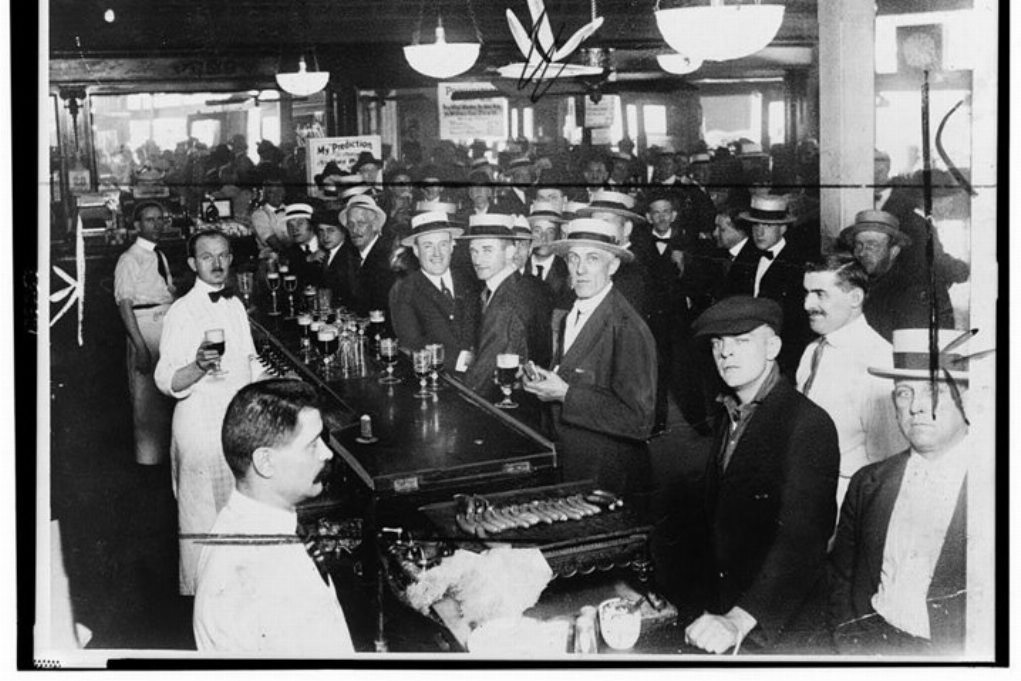

 Suite
Suite
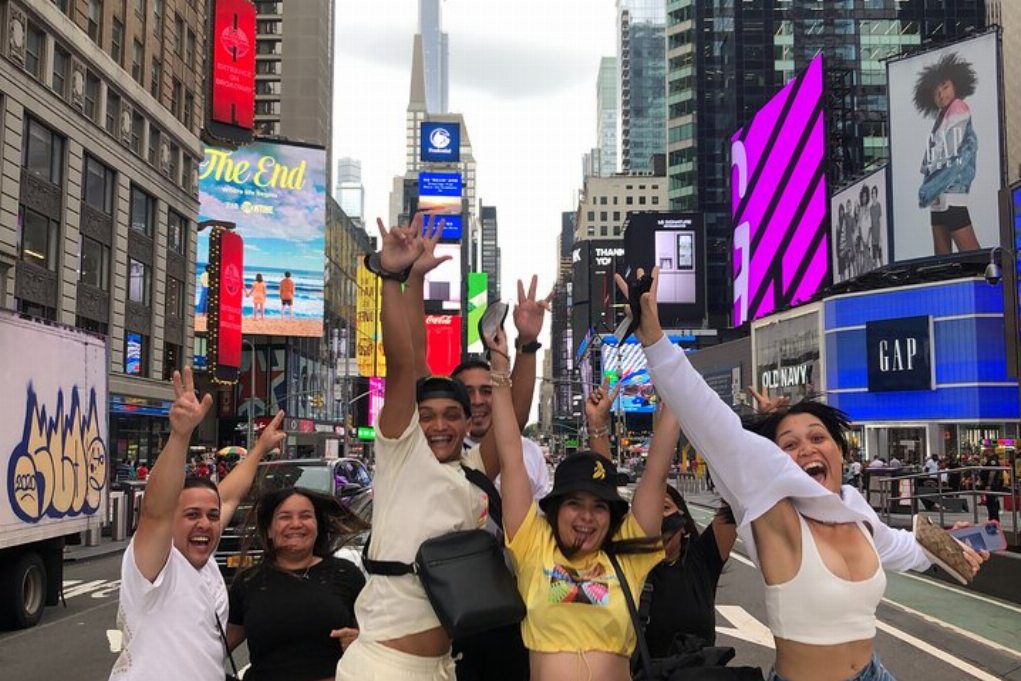


 Continuer avec Google
Continuer avec Google
 Continuer avec Facebook
Continuer avec Facebook
 Continuer avec Twitter
Continuer avec Twitter

